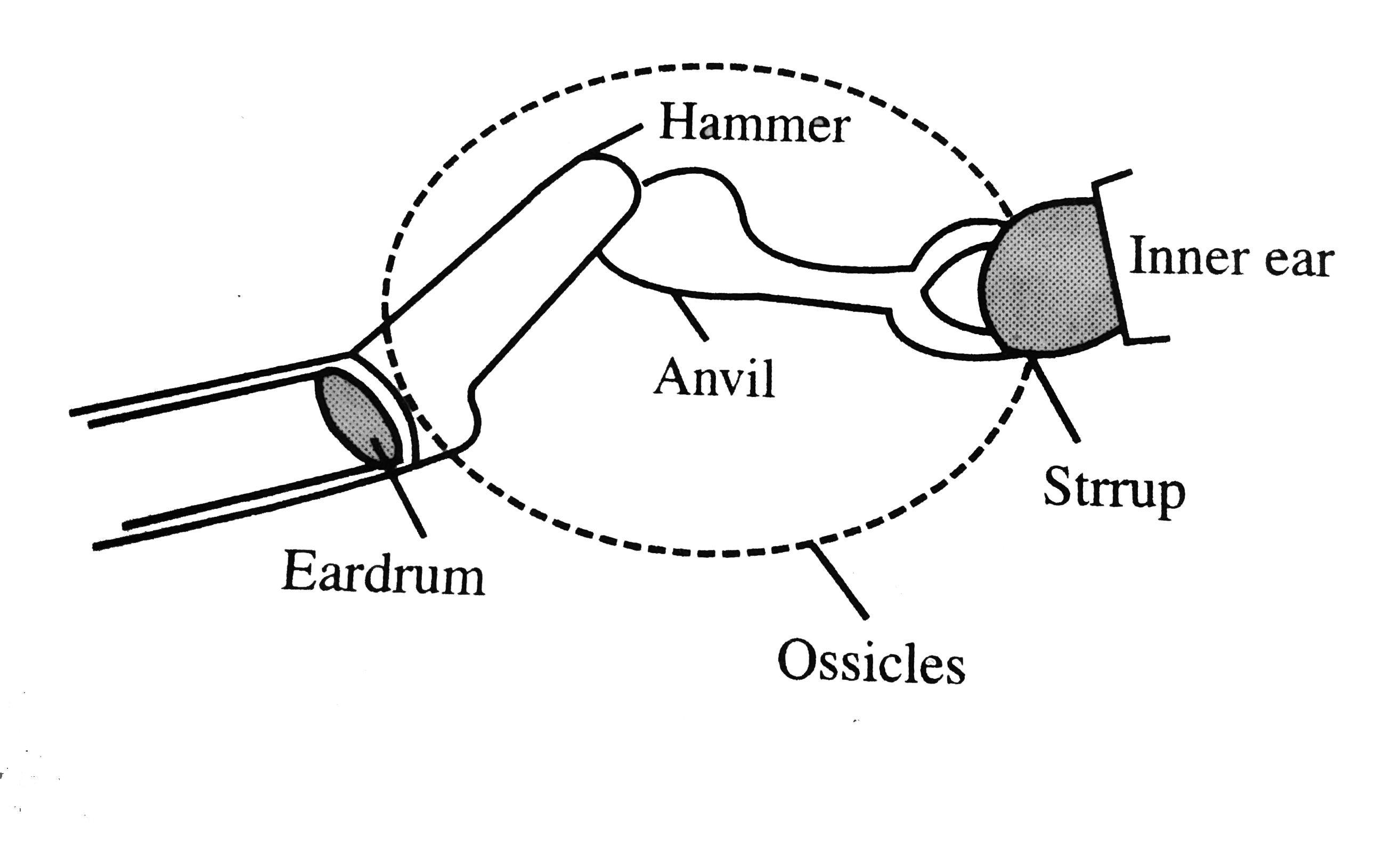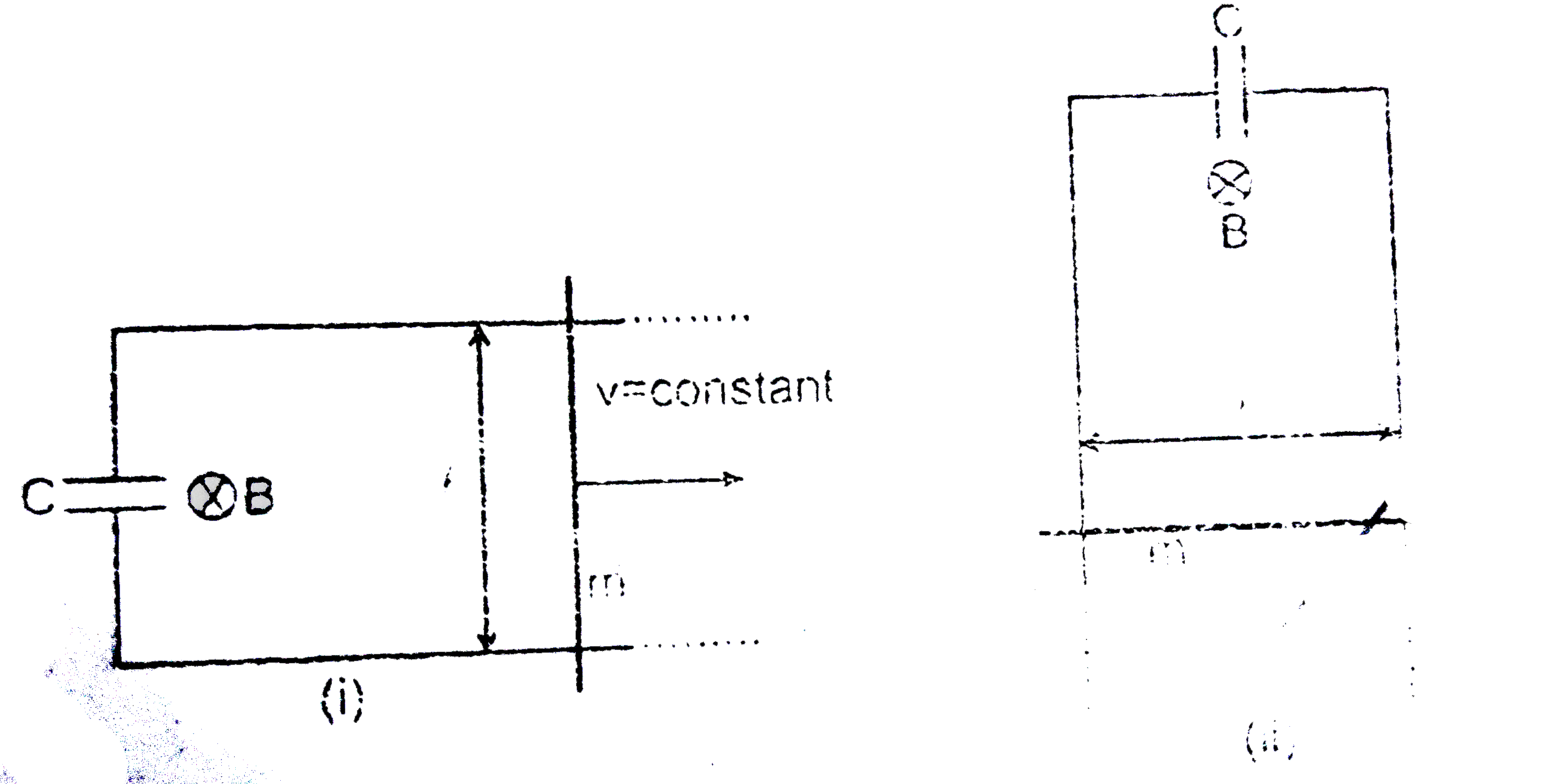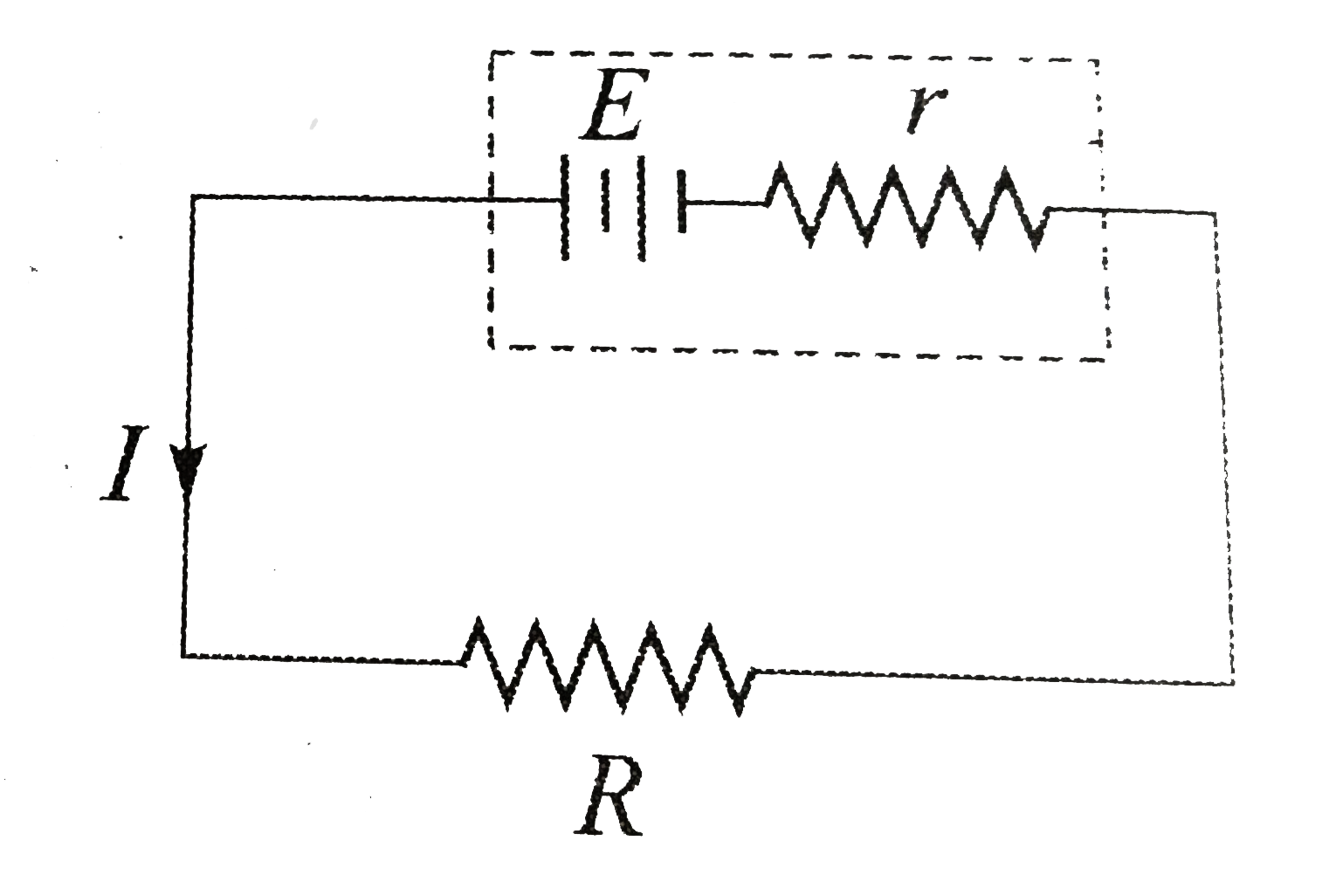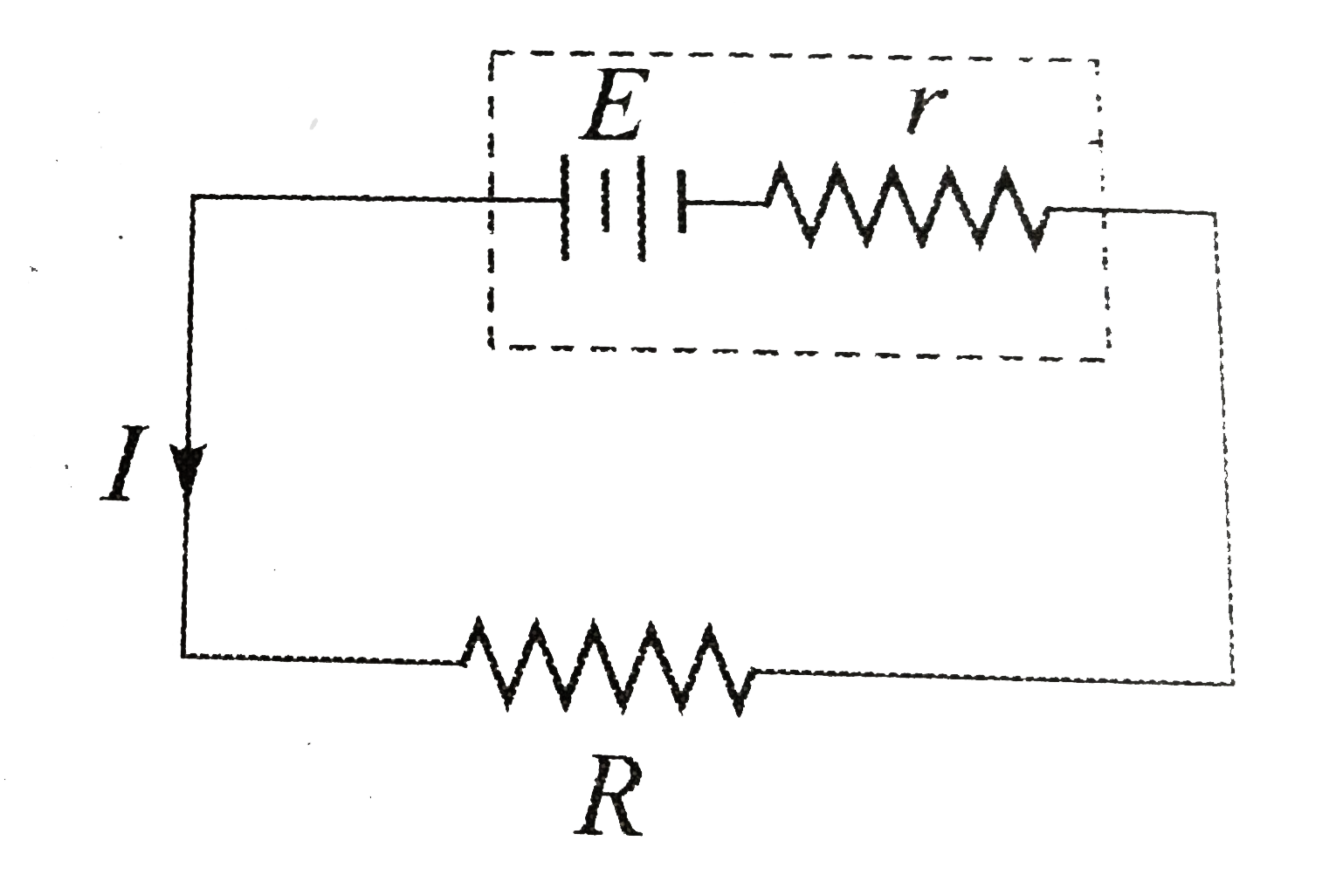[A]: Maximum genetic diversity of crop plants is found in areas where agriculture is primi- tive.
[R]: In such primitive areas, human interfer- ence is minimum and maximum flora and fauna survive
If both A and R are true and R is the correct explanation of A
If both A and R are true but R is not the correct explanation of A
If A is true and R is false
If both A and R are false
The correct Answer is:A
To solve the question, we need to analyze the statements given and determine their validity and relationship to each other.
1. Understanding Statement (A):
- The statement claims that "Maximum genetic diversity of crop plants is found in areas where agriculture is primitive."
- Genetic diversity refers to the variety of genetic characteristics within a species, which is crucial for resilience and adaptability of crops.
2. Understanding Statement (R):
- The reason provided states, "In such primitive areas, human interference is minimum and maximum flora and fauna survive."
- This implies that in areas where agriculture is less developed, there is less human activity that disrupts natural ecosystems, allowing a greater variety of plant and animal life to thrive.
3. Connecting (A) and (R):
- The relationship between (A) and (R) can be established by recognizing that less human interference allows for the preservation of diverse genetic traits in crop plants.
- In primitive agricultural systems, traditional farming practices often maintain a wider range of crop varieties, which contributes to higher genetic diversity.
4. Evaluating the Truth of Statements:
- Statement (A) is true because areas with primitive agriculture do indeed show higher genetic diversity due to the preservation of various crop varieties.
- Statement (R) is also true as it correctly explains that minimal human interference leads to a richer biodiversity of flora and fauna.
5. Conclusion:
- Both statements are true, and (R) provides a correct explanation for (A). Therefore, the answer to the question is that both statements are true and (R) correctly explains (A).
Final Answer:
Both (A) and (R) are true, and (R) is the correct explanation of (A).
---
- The statement claims that "Maximum genetic diversity of crop plants is found in areas where agriculture is primitive."
- Genetic diversity refers to the variety of genetic characteristics within a species, which is crucial for resilience and adaptability of crops.
- The reason provided states, "In such primitive areas, human interference is minimum and maximum flora and fauna survive."
- This implies that in areas where agriculture is less developed, there is less human activity that disrupts natural ecosystems, allowing a greater variety of plant and animal life to thrive.
- The relationship between (A) and (R) can be established by recognizing that less human interference allows for the preservation of diverse genetic traits in crop plants.
- In primitive agricultural systems, traditional farming practices often maintain a wider range of crop varieties, which contributes to higher genetic diversity.
- Statement (A) is true because areas with primitive agriculture do indeed show higher genetic diversity due to the preservation of various crop varieties.
- Statement (R) is also true as it correctly explains that minimal human interference leads to a richer biodiversity of flora and fauna.
- Both statements are true, and (R) provides a correct explanation for (A). Therefore, the answer to the question is that both statements are true and (R) correctly explains (A).
Both (A) and (R) are true, and (R) is the correct explanation of (A).
Topper's Solved these Questions
Similar Questions
Maximum genetic diversity of crop plants occurs where agriculture is
View SolutionRead the bar graph given in Figure and answer the following questions: What information is given by the bar graph? In which years the areas under the sugarcane crop were the maximum and the minimum? State whether true or false: The area under the sugarcane crop in the year 1982-83 is three times that of the year 1950-51
View Solution
When a sound wave enters the ear, it sets the eardrum into oscillation, which in turn causes oscillation of 3 tiny bones in the middle ear called ossicles. This oscillation is finally transmitted to the fluid filled in inner portion of the ear termed as inner ear, the motion of the fluid disturbs hair cells within the inner ear which transmit nerve impulses to the brain with the information that a sound is present. The theree bones present in the middle ear are named as hammer, anvil and stirrup. Out of these the stirrup is the smallest one and this only connects the middle ear to inner ear as shown in the figure below. The area of stirrup and its extent of connection with the inner ear limits the sensitivity of the human ear consider a person's ear whose moving part of the eardrum has an area of about 50mm2 and the area of stirrup is about 5mm2. The mass of ossicles is negligible. As a result, force exerted by sound wave in air on eardum and ossicles is same as the force exerted by ossicles on the inner ear. Consider a sound wave having maximum pressure fluctuation of 4×10−2Pa from its normal equilibrium pressure value which is equal to 105Pa. Frequency of sound wave in air is 332ms. Velocity of sound wave in fluid (present in inner ear) is 1500ms. Bulk modulus of air is 1.42×105Pa. Bulk modulus of fluid is 2.18×109Pa.
Q. This person (without hearing aid machine) is sitting inside a busy restaurant where average sound intensity is 3.2×10−5Wm2. How much energy in the form of sound is taken up by the person in his meal time of 1 h?
View Solutionread the following statements w.r.t. taxonomic aids. (a) monograph contains information of any one taxon. (b) flora provide information for identification of names of various species found in an area. (c) manual gives the actual account of habitat and distribution of various animals of an given area. (d) key contains a set of alternate characters of various plants only. (e) catalogue includes alphabetical arrangement of species of a particular place. select the correct option.
View SolutionThe current density across a cylindrical conductor of radius R varies in magnitude according to the equation J=J0(1−rR) where r is the distance from the central axis. Thus, the current density is a maximum J0 at that axis (r = 0) and decreases linearly to zero at the surface (r = R). Calculate the current in terms of J0 and the conductor 's cross - sectional area A=πR2.
View SolutionIn the figure shown a conducting rod of length l, resistnace R and mass m is moved with a constant velocity v.The magnetic field B varies with time t as B=5t, where t is time in second.At t=0 the area of the loop containing capacitor and the rod is zero and the capacitor is uncharged.The rod started moving at t=0 on the fixed smooth conducting rails which have negligible resistance.Find (i)The current in the circuit as a function of time t.
(ii)If the above system is kept in vertical plane such that the rod can move vertically downward due of gravity and other parts are kept fixed and B=constant =B0.then find the maximum current in the circuit.

View SolutionA potato gun first a potato horizontally down a half-open cylinder of cross-sectional area A. When the gun is fired , the potato slug is at rest , the volume betweeen the end of the cylinder and the potato is V0, and the pressure of the gas in this volume is P0. The atmospheric pressure is Patm. where P_(0)>Patm . The gas in the cylinder is diatomic, this means that CV=5R2 and CP=7R2 . The potato moves down the cylinder quickly enough that no heat is transferred to the gas. Friction between the potato and the barreel is negligible and no gas leaks around the potato . The parameters P0,Patm,V0 and A are fixed, but the overall length L of the barrel may be varied.
_E01_239_Q01.png)
The maximum kinetic energy Emax with which the potato can exit the barrel?
View SolutionFind out which among the following is true and which is false
(i) Recombinant DNA technology has made it possible to engineer microbes, plants and animals such that they have novel capabilities.
(ii) Genetically modified organisms have been created by using methods other than natural methods to transfer one or more genes from organism to another, generally using techniques such as recombinant DNA technology.
(iii) GM plants have been useful in increasing crop yields, reduce post harvest losses and make crops more tolerant of stressess.
(iv) Recombinant DNA technology process have made immense impact in the area of healthcare by enabling mass production of safe and more effective therapeutics.
(v) since the recombinant therapeutics are identical to human proteins, they do not induced unwanted immunological responses.
View SolutionElectric fuse is a protective device used in series with an electric circuit or an electric appliance to save it from damage due to overheating porduced by strong current in the circuit or application. Fuse wire is generally made from an alloy of lead and tin, which has hifh resistance and low melting point. It is connected in series in an electric installation. If a circuit gets accidentally short-circuited, a large current flows, then fuse wire melts away, which causes a break in the circuit. The power through fuse (F') is equal to heat energy lost per unit area per unit time (h) (neglecting heat loses from ends of the wire).
P=I2R=h×2πrl[R=ρlπr2]
where r and l are the length and radius of fuse wire, respectively.
A Battery is described by its emf (E) and internal resistance (r). Efficiency of battery (η) is defined as the ratio of the output to the input power.
η=OutputpowerInputpower×100%

But I=E/(R+r), input power = EI.
Output power =EI−I2r, then.
η=(EI−I2rEI)×100=(1−IrE)×100
=[1−(ER+r)(rE)]×100=(RR+r)×100
We know that output power of a source is maximum when the external resistance is equal to internal resistance, i.e., R = r .
The maximum power rating of a 20.0Ω fuse wire is 2.0kW. This fuse wire can be connected safely to a DC source (negligible internal resistance) of
View SolutionElectric fuse is a protective device used in series with an electric circuit or an electric appliance to save it from damage due to overheating porduced by strong current in the circuit or application. Fuse wire is generally made from an alloy of lead and tin, which has hifh resistance and low melting point. It is connected in series in an electric installation. If a circuit gets accidentally short-circuited, a large current flows, then fuse wire melts away, which causes a break in the circuit. The power through fuse (F') is equal to heat energy lost per unit area per unit time (h) (neglecting heat loses from ends of the wire).
P=I2R=h×2πrl[R=ρlπr2]
where r and l are the length and radius of fuse wire, respectively.
A Battery is described by its emf (E) and internal resistance (r). Efficiency of battery (η) is defined as the ratio of the output to the input power.
η=OutputpowerInputpower×100%

But I=E/(R+r), input power = EI.
Output power =EI−I2r, then.
η=(EI−I2rEI)×10(1−IrE)×100
=1−(ER+r)(rE)×100=(RR+r)×100
We know that output power of a source is maximum when the external resistance is equal to internal resistance, i.e., R = r .
Efficiency of a battery (nonideal) when delivering the maximum power is
View Solution
